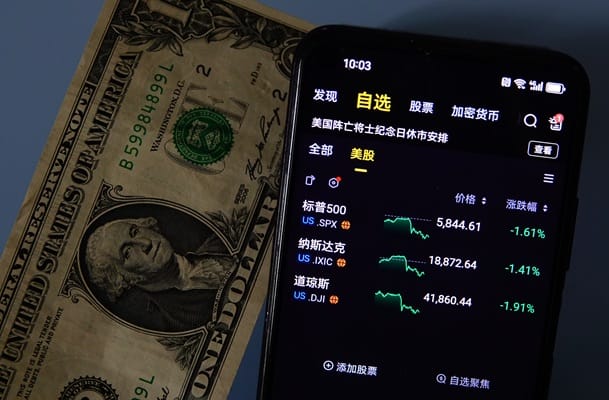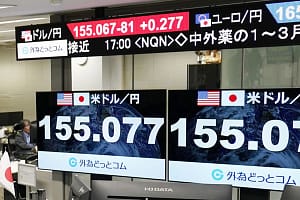The Japanese yen has recently experienced a sharp decline against the US dollar.
This development reflects growing tension in Japanese markets concerning long-term debt instruments and the country’s future monetary direction.
In my view, these declines are not merely a sign of technical weakness in the currency but rather point to deeper structural shifts within Japan’s financial system, especially in light of preparations to wind down the ultra-loose monetary policy that has been a cornerstone of the Japanese economy for decades.
The recent breakout of the USD/JPY pair from its two-week downward channel, forming a bullish engulfing candlestick in the process, is not just a transient technical move but could mark the beginning of an extended upward wave—unless substantial intervention from Japanese authorities emerges.
The potential decision by Japan’s Ministry of Finance to scale back issuance of long-term bonds (ranging from 20 to 40 years) amid weak demand and heightened volatility reveals growing investor anxiety about the future of Japanese bond yields.
We’ve already seen significant drops in long-term yields as soon as the news leaked, underscoring the market’s sensitivity to any hint of a public debt strategy reset. In this context, the yen’s steep drop does not come as a surprise; it is a rational response to a widening yield gap between Japan and major economies, particularly the United States, where elevated yields continue to support the dollar.
What’s especially notable is that the decline in Japanese government bond yields did not result from a direct shift in economic fundamentals but was instead a preemptive market reaction to a decision that hasn’t yet been officially made.
This suggests a gradual erosion of investor confidence, both domestic and international, in Japan’s long-term debt instruments. It also raises questions about the government’s ability to manage its debt structure effectively in a global environment characterised by rising interest rates. In my opinion, this trend will likely compel the Bank of Japan to revisit its timeline for exiting ultra-loose monetary policy, especially after hints of a quantitative easing reduction by fiscal year 2026.
From a market behaviour perspective, financial markets tend to price in the future rather than the present. Therefore, any delay or ambiguity in the Bank of Japan’s tapering strategy could place additional pressure on the yen, particularly if the interest rate differential between Japan and the United States continues to widen. We’ve already witnessed the real-world impact of this, as USD/JPY made a significant leap, abandoning its two-week downward trend—a sign that we may be entering a new medium-term bullish phase.
Politically, Japan faces additional challenges, most notably increasing pressure on public spending ahead of upcoming elections. This dynamic makes any actual reduction in long-term bond issuance highly conditional on complex fiscal calculations. In this context, I believe the government may be forced to ramp up short-term bond issuance to fill the gap—an action that could steepen the yield curve further and complicate monetary policy even more.
The Bank of Japan may soon find itself in a delicate position, tasked with calming volatility on one hand while preparing to exit easing without undermining investor confidence or creating serious financing gaps on the other. If fiscal and monetary policies continue on their current hesitant trajectory, USD/JPY may continue climbing to new levels, possibly even breaching the 160 mark, should no decisive signals or direct currency market interventions arise from the Bank of Japan.
In conclusion, from my analytical perspective, the current situation requires investors and analysts to focus on three critical areas: the structure of Japan’s public debt and its new issuance strategy, the Bank of Japan’s stance on quantitative easing, and the widening yield differential compared to major global economies. Unless there is a significant change in at least one of these pillars, the outlook leans toward continued yen weakness and sustained relative strength in the US dollar over the medium term, driven more by economic and institutional factors than by speculative or purely technical dynamics.
Technical Analysis of ( USDJPY ) Prices:
From a technical perspective, the daily chart of the USD/JPY pair shows a clear breakout from the downward channel that had persisted for about two weeks, coinciding with the formation of a strong bullish engulfing candlestick. This classic pattern suggests a shift in market control from sellers to buyers, particularly since the candlestick pierced the prior low and closed above the previous day’s high. This positive price action reinforces the likelihood of continued upward movement, especially if the pair stabilises above the current resistance being tested near 145.90.






Leave a Comment